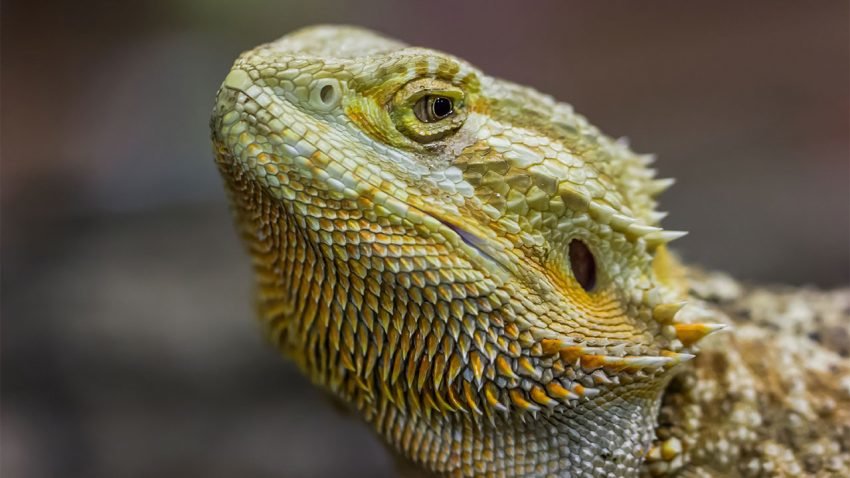
© Fastfun23/iStock
Hair, scales, and feathers seem to have very little in common. But these structures appear to have evolved from a single ancestor—a reptile that lived 300 million years ago—according to new research.
The study could end a long and contentious debate in evolutionary biology, says Leopold Eckhart, a dermatology researcher at the Medical University of Vienna, who was not involved in the work. "This really closes some important questions."
Hair in mammals and feathers in birds have long been known to develop from placodes—patches of thickened skin in embryos that are created by special cells known as columnar cells. These patches had not been seen in reptile embryos, leading scientists to believe that scales were unrelated to hair and feathers. Because birds and mammals evolved from separate lineages, scientists had two hypotheses: Placodes evolved two separate yet identical times in birds and mammals, respectively, or reptiles lost them over time, whereas birds and mammals didn't.
"People were imagining very complex hypotheses to explain the absence of placodes in reptiles," says University of Geneva geneticist Michel Milinkovitch in Switzerland.
Milinkovitch unwittingly waded in to this decades-long debate after seeing a rare, scaleless reptile—an Australian bearded dragon—at a pet market. After purchasing the animal, he investigated its DNA and found that a mutation of the geneectodysplasin-A (EDA) led to the scalelessness. Mutations on this gene are also known to cause baldness, along with deformed teeth and nails, in mice and humans. This discovery led Milinkovitch and his colleague, University of Helsinki biologist Nicolas Di-Poï, to wonder whether there might be a relation between hair and scale development.
To find out, the team looked at the embryos of bearded dragons, Nile crocodiles, and corn snakes. In contrast with previous research, the team found that
the reptiles in fact formed placodes, as it reports today in
Science Advances.
Using scanning electron microscopes to view the tiny embryos, the scientists were able to see hundreds of placodes. Each was located where a scale eventually grew. But the structures—basically just small, raised bumps—appear sporadically in place and time during development, Milinkovitch says. "You have to look at the right place at the right time." Reptiles with two copies of the EDA mutation did not develop placodes at all, leading to a lack of scales, whereas reptiles with one copy of the mutation developed scales of smaller size.
Eckhart, who previously found that
genes for developing hair in mammals and claws in birds and reptiles are the same, says he hopes the field can now move on to tackling other questions, such as how the specific characteristics of scales, hair, and feathers evolved to how they are today.
But other scientists say the debate isn't over. University of Southern California pathologist Cheng-Ming Chuong in Los Angeles says that although the study provides good data, he believes it isn't much more than an incremental update, comparing it to a software upgrade from version 2.1 to 2.2. "More exciting work remains to be done in the future."

Reader Comments
Go the shapeshifter lizards.
[Link]